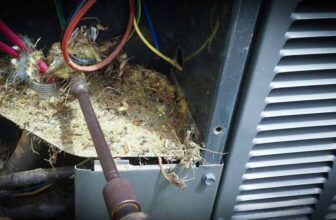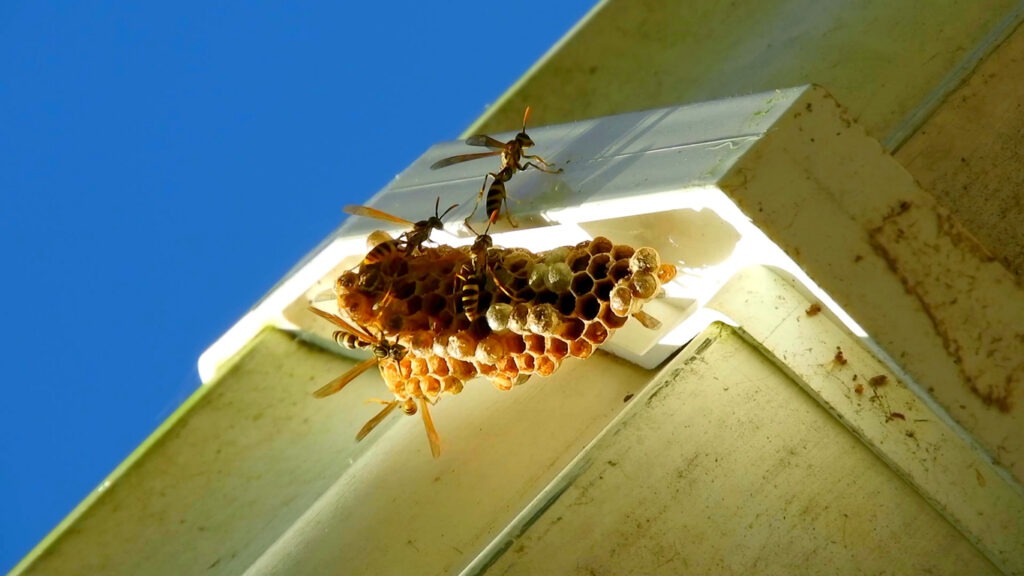
Are you seeing more bees and wasps in and around your home and wondering if they should be removed? There’s a big drive to protect insects, especially useful pollinators such as bees but what do you do if they become a nuisance?
Yes, bees and wasps play an important role in the ecological cycle but too many of them on your residential property can become a hazard in more ways than one! Keep reading to find out more about these creatures and discover when it’s time to call pest control experts for bees or wasp nest removal.
Table of Contents
4 Things to Know About Bees and Wasps Invading Your Home
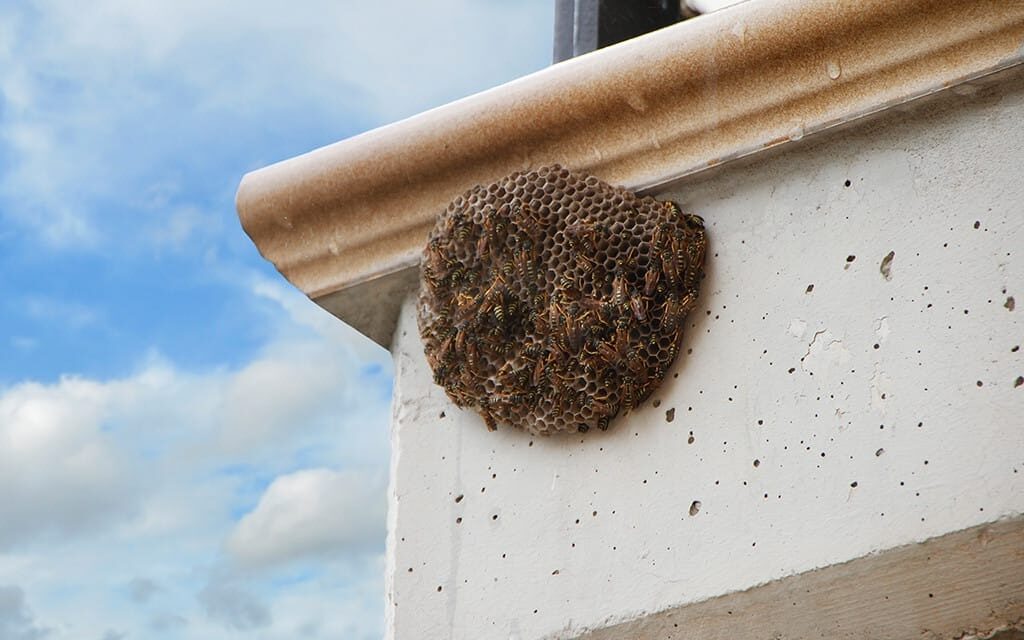
Source: bayoucajunpest.com
1. Bees and Wasps Can Cause Allergic Reactions
One of the dangers of having too many of these flying insects taking up residence in or around your home is allergies. Bees and wasps give nasty and painful stings that release histamine which, for some people, can be life-threatening.
When disturbed or agitated, bees and wasps get angry and will sting whatever is bothering them, all in order to protect themselves or their nests. Swarms of bees and wasps will attack people and pets in close vicinity of a disturbed colony if they’re feeling aggravated.
If you or anyone in your family are allergic to these creatures and you find their nests on your property, it’s advisable to have them removed as soon as possible. The safest way to do this is to call pest control professionals in your area.
2. Bees and Wasps Live in Colonies
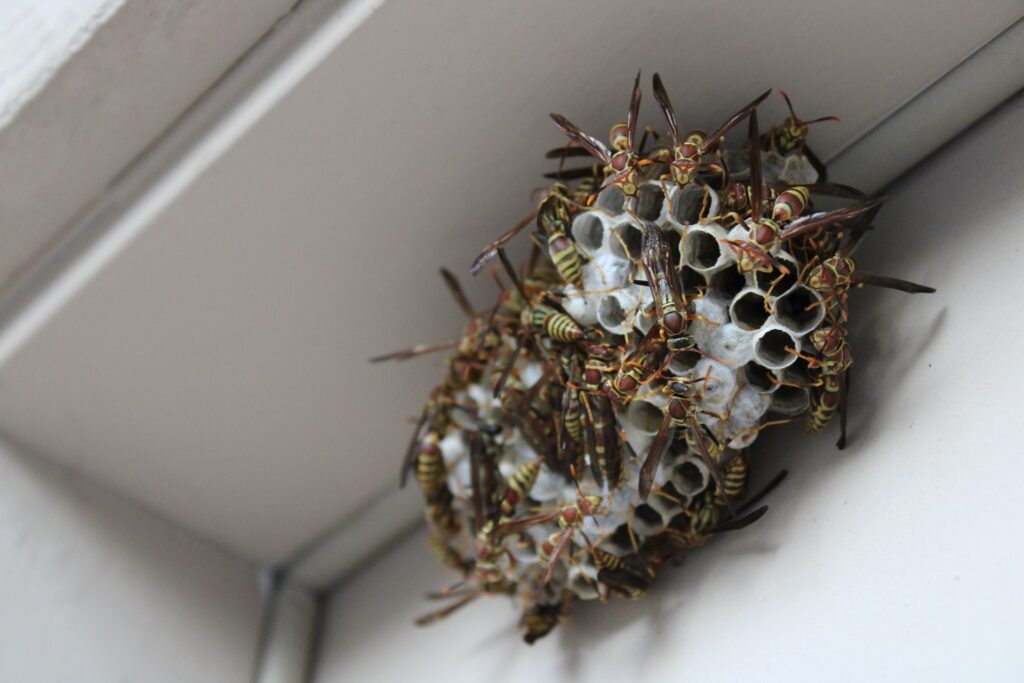
Source: willispestcontrol.co.uk
Social bees and wasps live in large colonies which means you’ll have hundreds of them on your property if they’ve built a nest in your garden. Some bees and wasps will even construct a nest in the cavities of your home’s infrastructure or under the eaves of your roof. Wasps often build nests in the corner of walls, inside or outside a building.
If you see signs of bees and wasps’ nests in or around your home, you could be dealing with the start of a pest infestation. Implement pest control with the help of experts who know how to handle them.
3. Bees and Wasps Can Damage the Infrastructure of Your Home
Not only can bees and wasps be a danger to human or animal life but they can cause costly damage to your home’s infrastructure in the following ways:
- Bees’ hives full of honey become heavy, weakening the structure it’s built on and eventually damaging it. This will require costly repairs.
- Wasps’ nests cause deterioration by eating away at plaster. After removing the wasps’ nest, you’ll need to pay for plaster work to repair the damage.
- Bigger wasps’ nests contain a lot of moisture which can leak out and seep into wooden structures such as window or door frames. This will eventually lead to wood rot.
You can see that there are financial and property maintenance reasons to keep an eye out for these creatures. Also, the larger the nest, the more worried you need to be! It’s highly recommended to have the nest removed before serious damage is done to your home’s infrastructure.
4. Bees and Wasps Don’t Look the Same
Most homeowners are familiar with these stinging creatures but not everyone can tell them apart! Knowing what you’re dealing with can help you explain to your pest control company what assistance is necessary.
However, bees and wasps do have different features which you’ll recognise if you stay alert:
- Bees: A dull yellow or golden-brown body with black stripes. Their legs are black and they have two pairs of wings. The bee’s barbed stinger is located at the back of their abdomen.
- European wasps: The front half of the body of European wasps is black with yellow markings. The back body is yellow with black stripes. There are black dots down the sides of the abdomen and the insect’s stinger is found at the base of their body. Wasps have two pairs of wings.
The European Wasp is bigger than the social bee and has less hair on its body. Wasps can be more aggressive than bees, especially when aggravated. Wasps like to build their nests in cavities found on walls and ceilings while bees often build their hives in trees or under the eaves of roofs.
What to Do When You Notice an Infestation
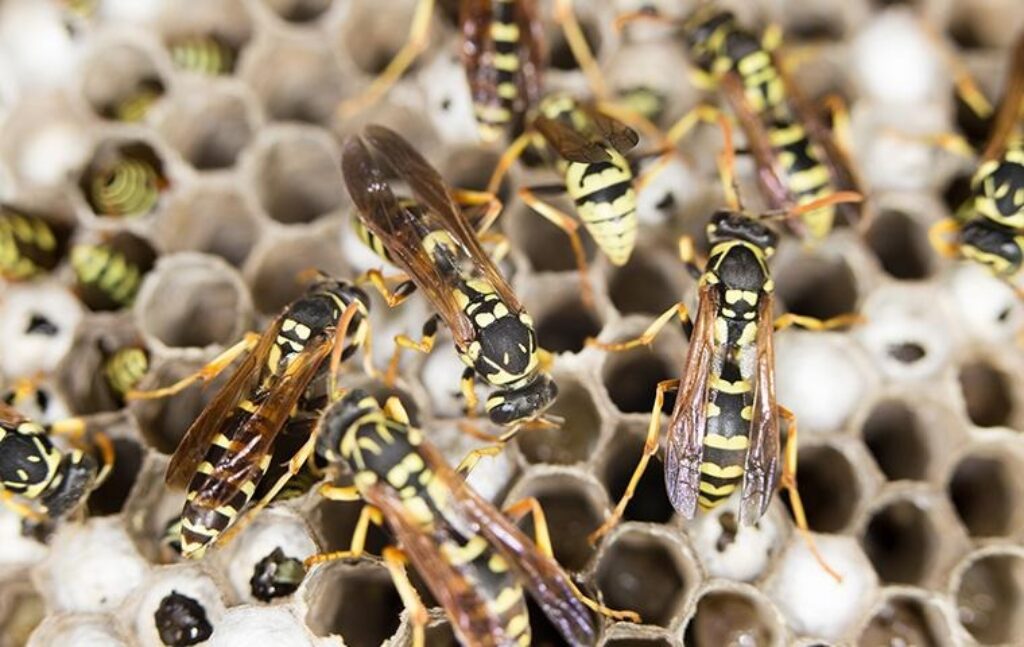
Source: lindseypest.com
- Locate the nest: If you hear bee or wasp activity in the vicinity of your home, they likely have a nest somewhere. Locate it so you and your family can stay away from the area until pest control experts have removed it.
- Call the experts: Don’t attempt to remove bees or wasps’ nests yourself as this could put you in grave danger. Skilled pest control technicians have the right equipment and gear to remove nests safely.
Final Thoughts
Bees and wasps play an invaluable role in nature but when there’s an infestation on your residential property, they become hazardous pests. Don’t try and resolve such an issue on your own though. Rather call pest control experts to solve the problem quickly and safely. They can possibly relocate the colony, so they can benefit nature from a different location than your home.




